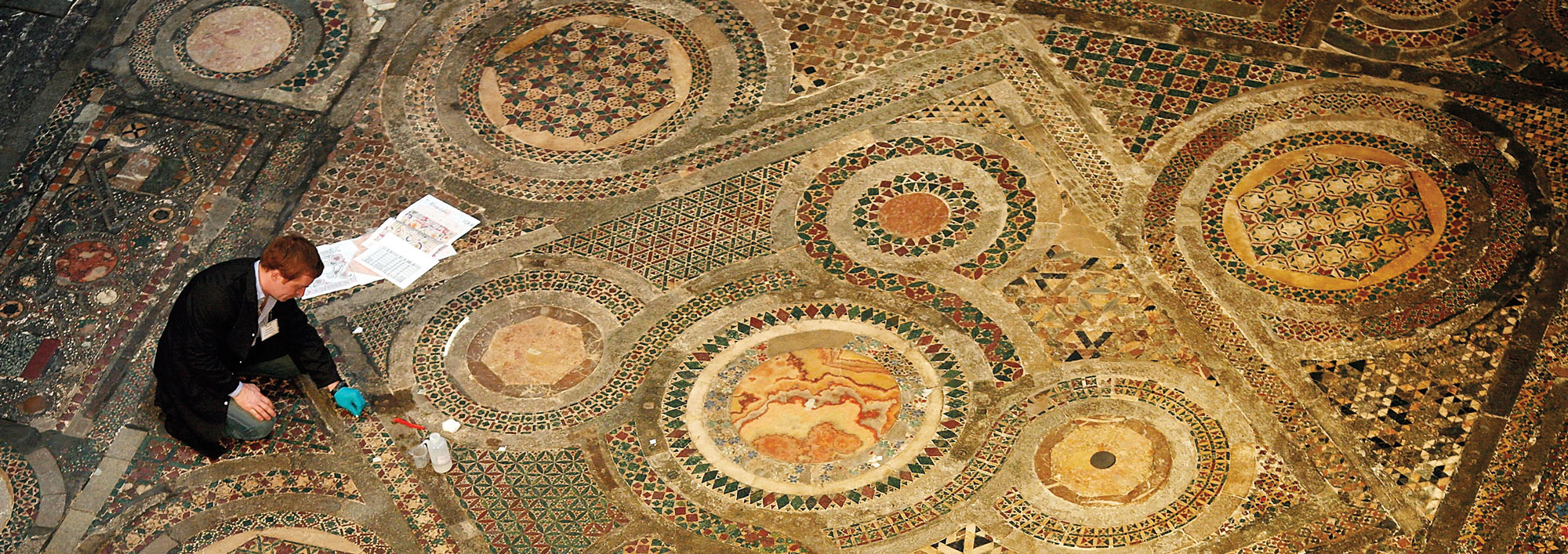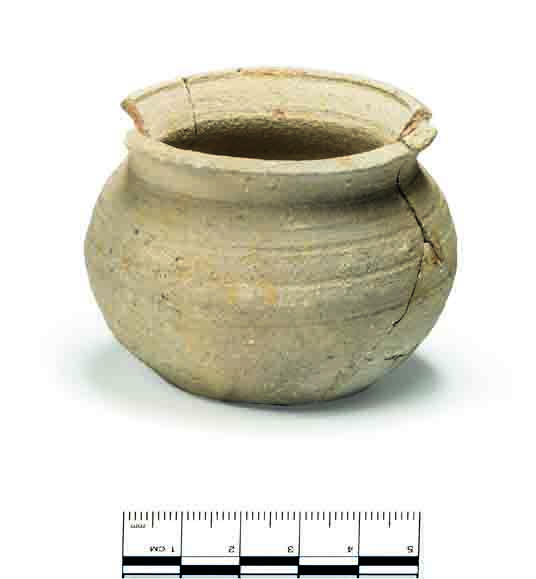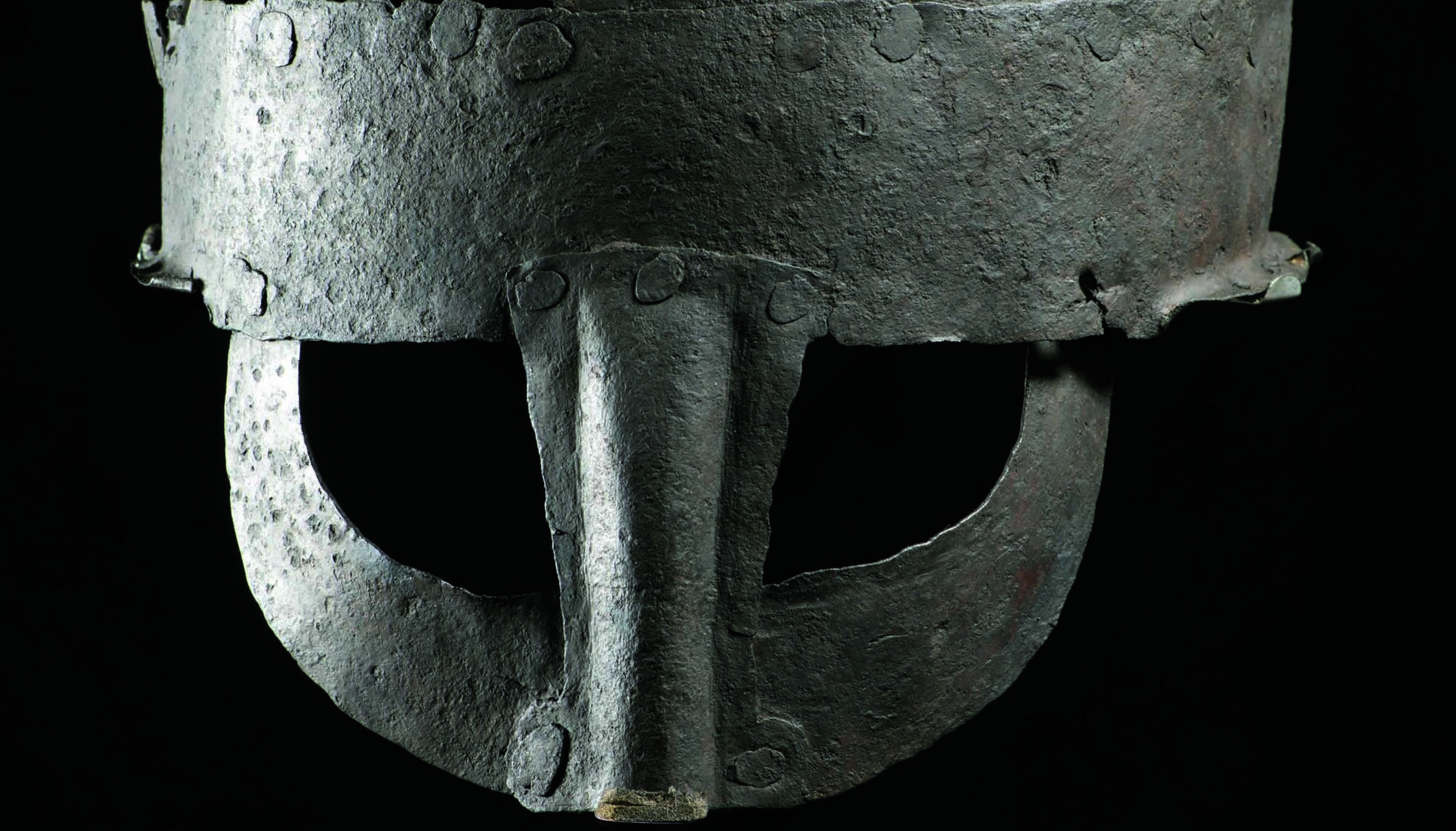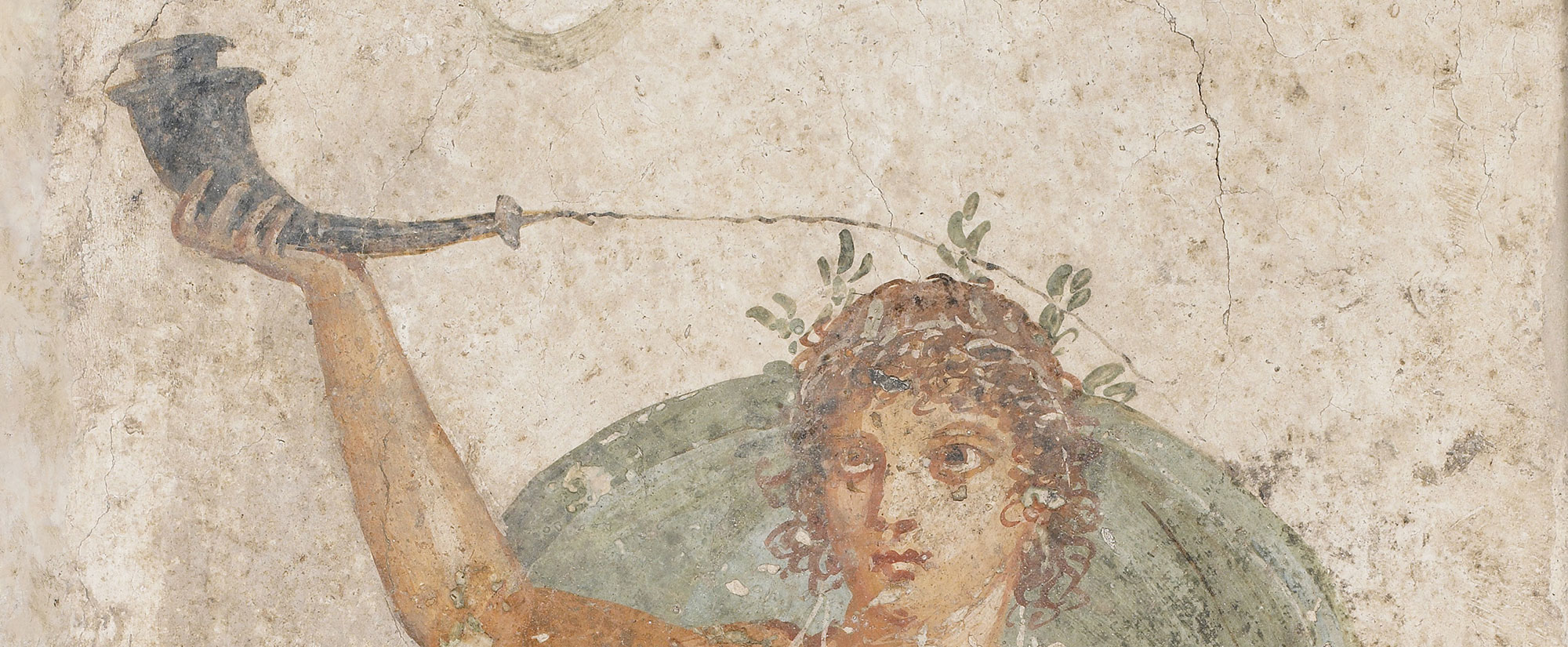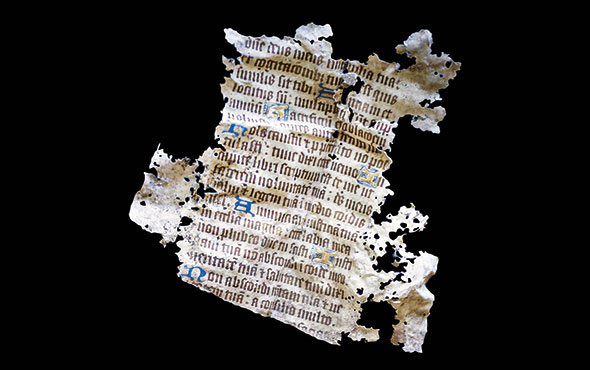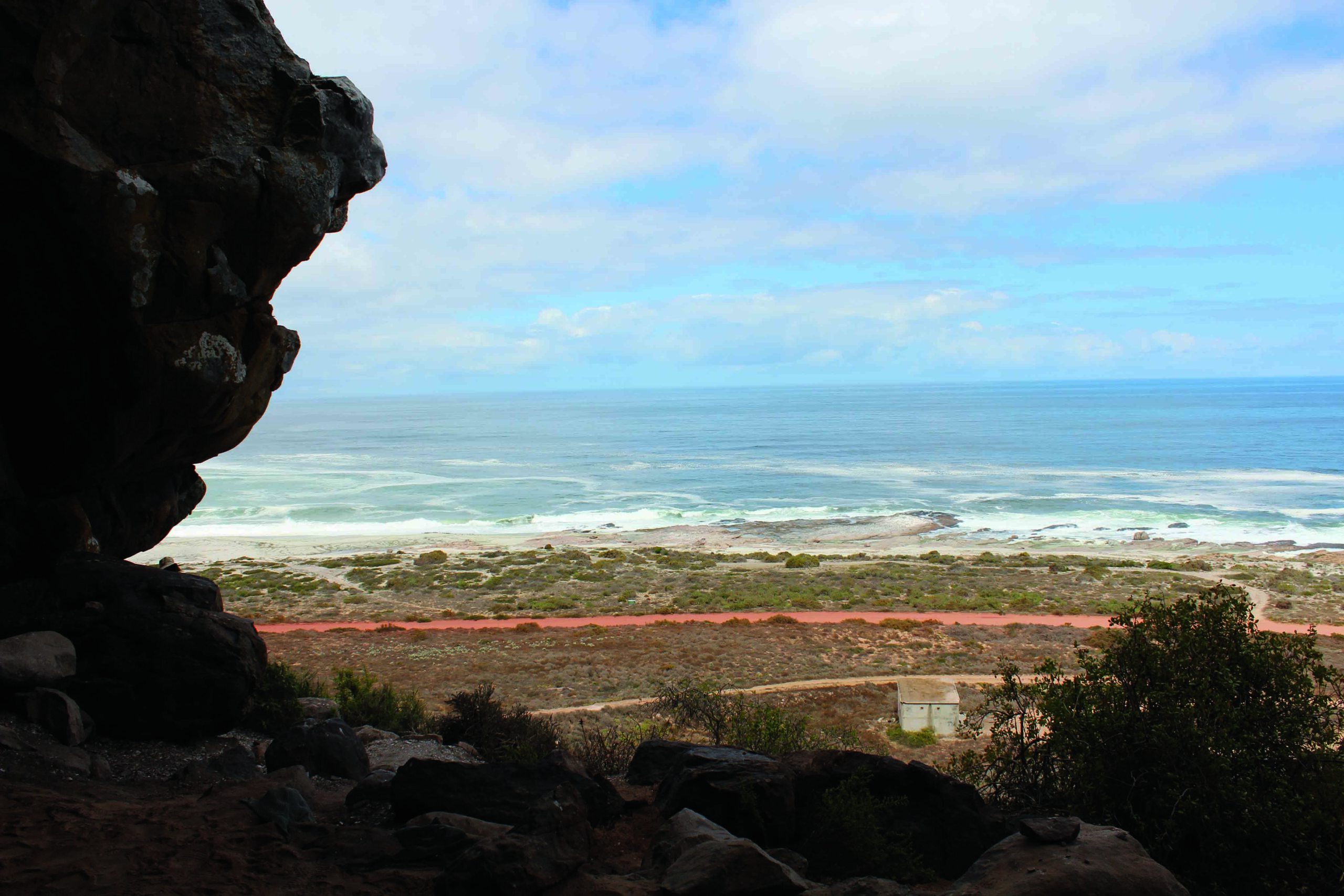
CAMBRIDGE, ENGLAND—According to a BBC News report, archaeologists from the University of Cambridge X-rayed more than 300 medieval skeletons from three local cemeteries dated from the tenth through the fourteenth centuries, when the town was inhabited by artisans, merchants, and farmhands, in addition to the scholars who arrived with the opening of the university in 1209. The study found that 44 percent of the people buried in the parish cemetery had suffered bone fractures. About 32 percent of the skeletons in a cemetery at the Augustinian friary, where wealthier people could be buried with the monks, bore evidence of fractures, while only 27 percent of the skeletons in a cemetery for the infirm at the Hospital of St. John the Evangelist showed signs of broken bones. Team member Jenna Dittmar said injuries were more common in male remains. These men may have worked long days as stonemasons, blacksmiths, or farmers, she explained. One monk suffered two broken legs—injuries that may have been sustained in a cart accident. Another monk with defensive fractures in his arms and blunt-force trauma to his skull may have been attacked. A woman’s remains also showed possible signs of domestic abuse, Dittmar added, including healed rib, jaw, foot, and vertebrae fractures. To read about a forgotten nineteenth-century cemetery on the grounds of London Hospital, go to "Haunt of the Resurrection Men."


